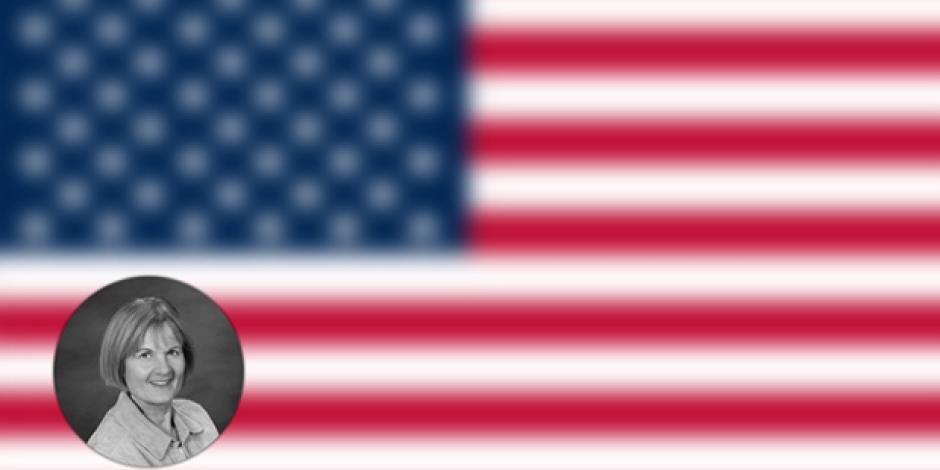A dinner guest recently joked that I might be guilty of cultural appropriation because I was serving an Italian dinner. I had never heard of the term. Wikipedia defines it as “a concept dealing with the adoption of the elements of a minority culture by members of the dominant culture.” That left me scratching my head, so I continued my research. After lots of reading, I realized that understanding what cultural appropriation is — and what it is not — is complex.
A frequently used example of this expression is when a white person dresses up with a Native American headdress. Because Native Americans are a minority culture, the wearing of their headdresses by whites is a clear example of cultural appropriation. Other cases are less clear. Earlier this year, Keziah Daum, a high-school student in Utah, drew criticism for wearing a traditional Chinese dress to her prom and posting a photo online. “My culture is not your ... prom dress,” someone tweeted, setting off a barrage of responses. Keziah defended her choice, saying that she was showing how much she admired Chinese culture. Some people of Asian heritage even supported her, saying that they found nothing wrong with her choice.
Keziah’s decision to wear a Chinese dress could be considered cultural exchange, a demonstration of her sense of appreciation for Chinese culture. Is there really anything wrong with a young girl finding a Chinese dress beautiful and wearing it to her prom? Isn’t imitation a form of flattery? If someone is mocking another culture, however, or benefiting from it commercially, that could be considered to be “cultural appropriation.”
It’s not just what people wear that falls under this heading, though. For example, whites selling Mexican food have been criticized, as have white musicians who use elements of another culture in their music. Because these are cases in which whites benefit commercially from different cultures, some feel this to be cultural appropriation.
Who decides, though, what is or isn’t cultural appropriation? That’s a hotly debated topic. If people living in China don’t have a problem with Keziah’s dress, does it make sense for an ethnic Chinese person who has lived in the US all his life to be troubled? And what if Keziah gave us a DNA sample, and it was found that she is 22 percent Chinese? Could she then wear the dress without being criticized?
On the flip side, when members of a minority culture adopt elements of the dominant culture, that is considered to be assimilation, not appropriation. For example, an African-American woman who straightens her hair might just be trying to fit in.
It’s a complex topic. After much soul-searching, I’ve decided it’s still OK to hold our annual Oktoberfest and for me to wear my dirndl. Neither German nor US culture is considered to be a minority culture. It is, therefore, not cultural appropriation.
Neugierig auf mehr?
Dann nutzen Sie die Möglichkeit und stellen Sie sich Ihr optimales Abo ganz nach Ihren Wünschen zusammen.



